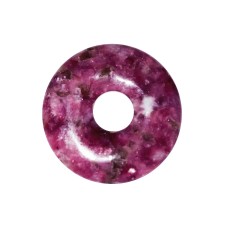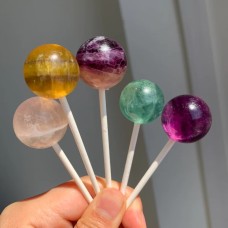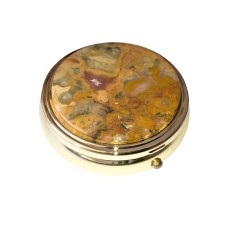Crystal Carvings & Novelties
Crystal carvings are intricate sculptures made from various types of crystals and gemstones. These carvings range from simple shapes to highly detailed figures and are appreciated for their artistic value, beauty, and the unique qualities of the materials used. Here are some aspects to consider about crystal carvings:
Materials
Crystal carvings can be made from a wide range of minerals, each offering unique colors, patterns, and properties. Commonly used crystals include:
- Quartz: Clear, rose, smoky, and amethyst varieties.
- Jade: Nephrite and jadeite, prized for their toughness and smooth finish.
- Rhodonite: Known for its pink to red color with black veining.
- Agate: Often used for its colorful banding.
- Obsidian: Volcanic glass with a glossy finish.
- Lapis Lazuli: Deep blue stone with gold flecks.
- Malachite: Green with unique banding patterns.
Techniques
Carving crystals requires specialized skills and tools. Techniques include:
- Hand Carving: Using chisels, files, and abrasives to shape the crystal.
- Machine Carving: Employing rotary tools and diamond-tipped bits for precision and detail.
- Polishing: Smoothing the surface to enhance the stone's natural luster and reveal its patterns.
Types of Carvings
Crystal carvings come in various forms, such as:
- Figurines: Representations of animals, deities, mythical creatures, and people.
- Spheres and Eggs: Polished into smooth, rounded shapes.
- Wands and Points: Often used in healing practices.
- Pendants and Amulets: Small carvings designed to be worn as jewelry.
- Decorative Items: Bowls, vases, and other functional objects.
Cultural and Historical Significance
Crystal carvings have a long history and cultural significance in many societies:
Chinese Disc or Donut – 30 mm
Type of jewellery: Chinese disc or donut Chinese disc size: 30 mm Chinese disc ..
£9.50
Crystal Lollipops
- Material: Fluorite- may have imperfections, if you cannot accept imperfections, please do not..
£7.99
Pill Box
Jewellery type: Pill box Dimensions: ≈ Height 1.8 cm x Width 5.0 cm This small roun..
£21.50



